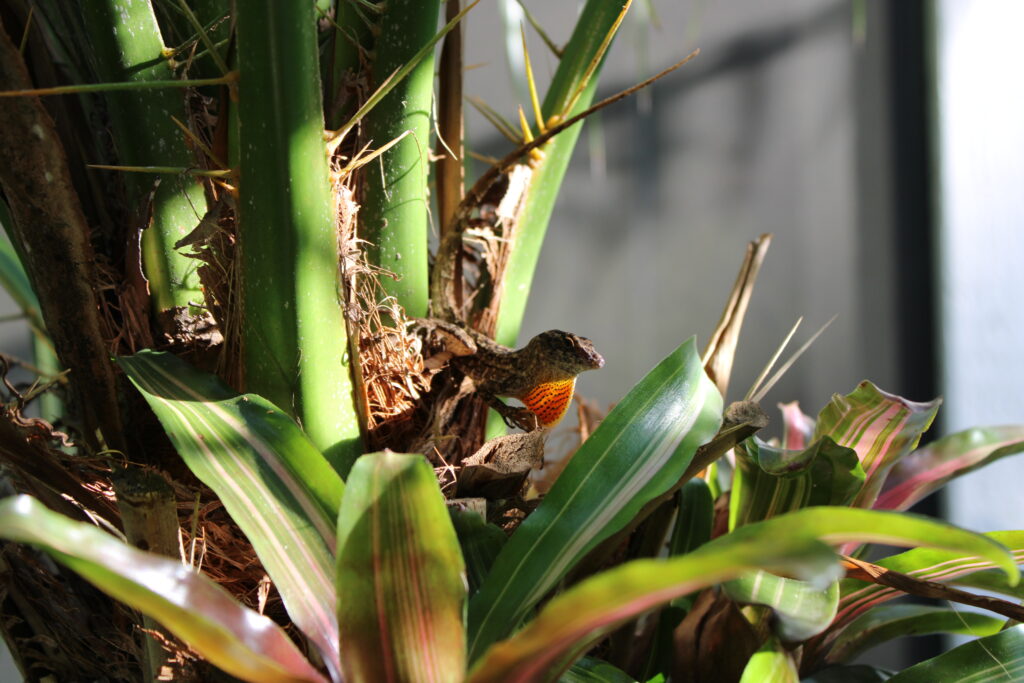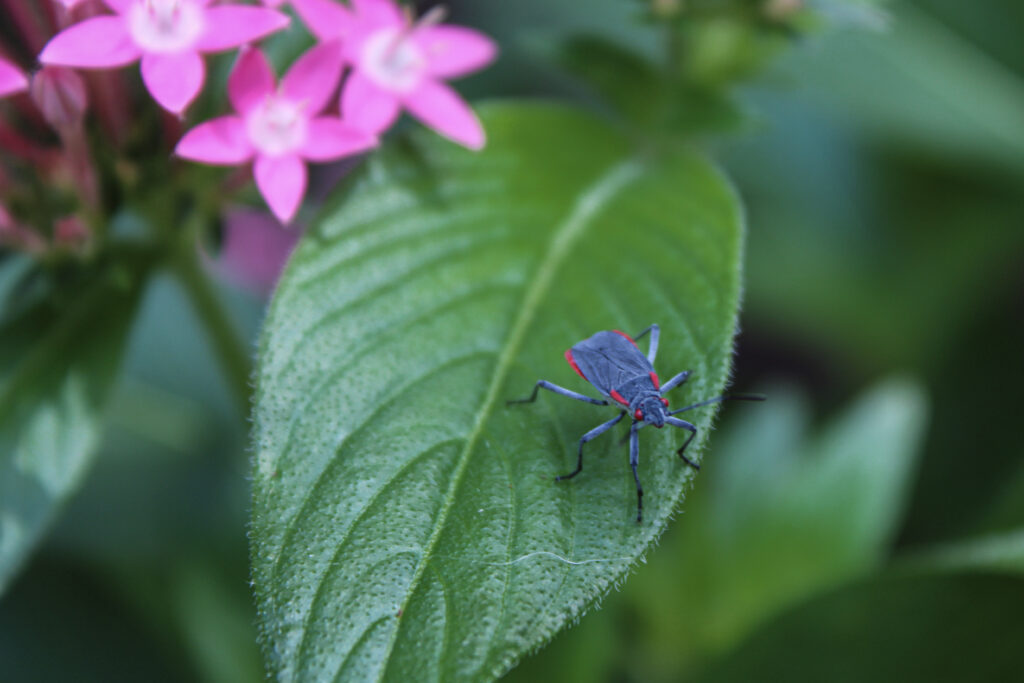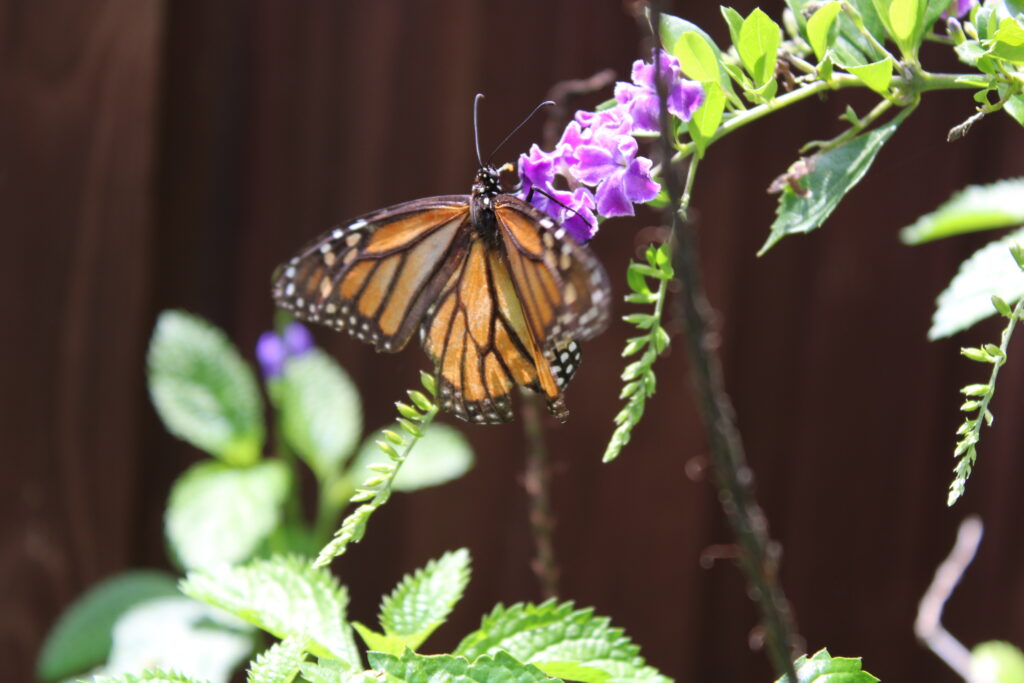
For the past 6 years, I have been slowly building my butterfly garden in a my small zone 9b backyard. Every day of the year you can step into my yard and see at least several butterflies flitting about, if not dozens. My garden is not something that happened overnight, but you can certainly add specific plants to your garden now, that will almost immediately begin attracting these fluttering beauties to your yard. “If you plant it, they will come” is a phrase that you will inevitably read again and again on your butterfly gardening journey.. because it’s true! Plant the right things, and the butterflies will come a’ flutterin’!
My biggest tips as you start your butterfly gardening journey
FOCUS ON NATIVE OR FLORIDA-FRIENDLY HOST AND NECTAR PLANTS. The reason I emphasize “NATIVE” here, is because why make things harder on yourself? NATIVE plants have evolved over thousands of years to grow perfectly in your landscape with minimal intervention from you. Plus, butterflies love their native plants (and oftentimes, natives are healthier for them too.. more on that in another post). Avoid big box stores such as Home Depot or Lowes, where most of the plants are either not native, or sprayed with lethal pesticides (and the employees rarely can tell you this from that). Instead, locate several NATIVE plant nurseries in your area. Some might be more of a drive, but usually the knowledge and quality of plants a native nursery can provide you is well worth it!
And if you can’t find natives, or you just LOVE a certain plant, at least make sure it is Florida-Friendly (or “friendly” to your area), meaning it is not on your local list for noxious or invasive plants, and requires minimal irrigation or pesticides to grow healthy.
Most plants that are listed as invasive will easily spread through wind, birds, or rhizomes and can displace native species. (Even if you keep it in a pot). They are also a pain to get rid of. Point-blank, they are damaging to our ecosystems.
Click here to find out which species are invasive in Florida
Click here to find native butterfly plant species for your area

KNOW YOUR YARD, KNOW YOUR PLANTS. Before you start plopping plants into the dirt, you need to have an understanding of how much sunlight your yard receives, in which areas, and what kind of soil you have (sandy, clay, loamy, etc). *Too much* sunlight can fry a plant (fortunately, many Florida natives plants LOVE sun and can handle it.. but big box stores will often sell “full sun” labeled plants that totally wither in our FL heat). Likewise, *too little* sun can prevent some plants from blooming properly, or cause stunted or leggy growth.
Keep in mind water requirements as well. My native Joe Pye Weed prefers consistently moist soil, so I planted it near my AC drip-line, where the soil stays a bit mucky. And planting a sand-loving plant, such as beach sunflower, in a moist area will lead to a quick demise. Then there are other plants, such as tropical sage, which will grow just about anywhere! Following the Florida-friendly practice of “right plant, right place” will save you lots of time and money and ensure better success in your garden!
FOCUS ON ONE BUTTERFLY AT A TIME. So you envision a yard fluttering with swallowtails, monarchs, zebra longwings, and dozens of other moths, bees, and pollinators? Perfect! You will get there! My top tip when selecting plants, is to focus on one species at a time. Choose a favorite host and favorite nectar plant for that pollinator. Don’t forget: if you plant it, they will come.. with one caveat! Make sure the pollinator you seek is local to your region. It’s not always possible to naturally lure rare butterflies if they don’t migrate to your region. Start with the most common to your region, and go from there.
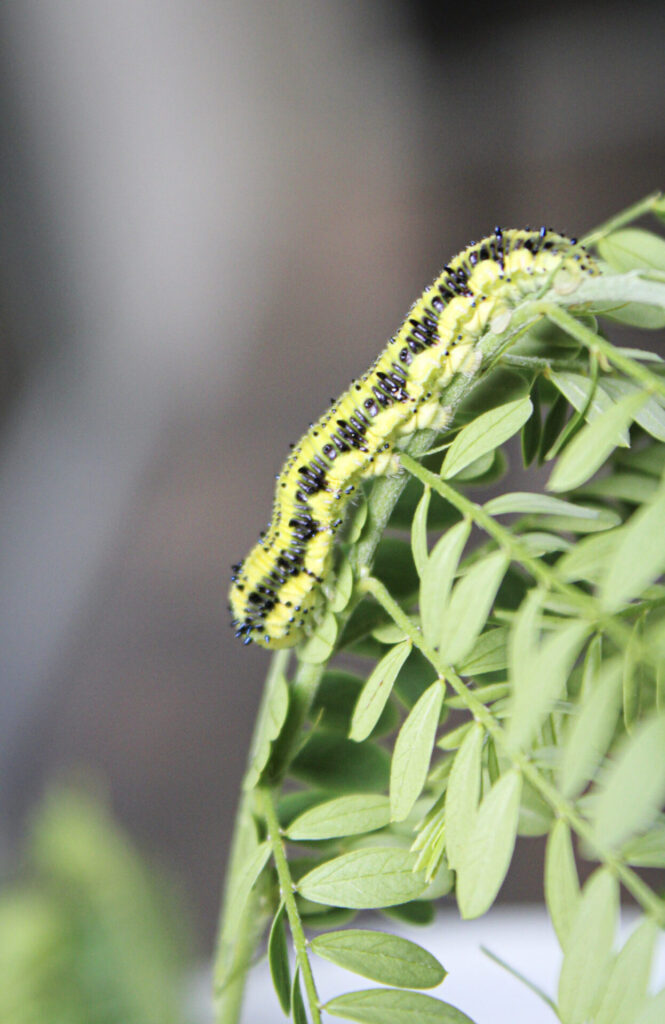
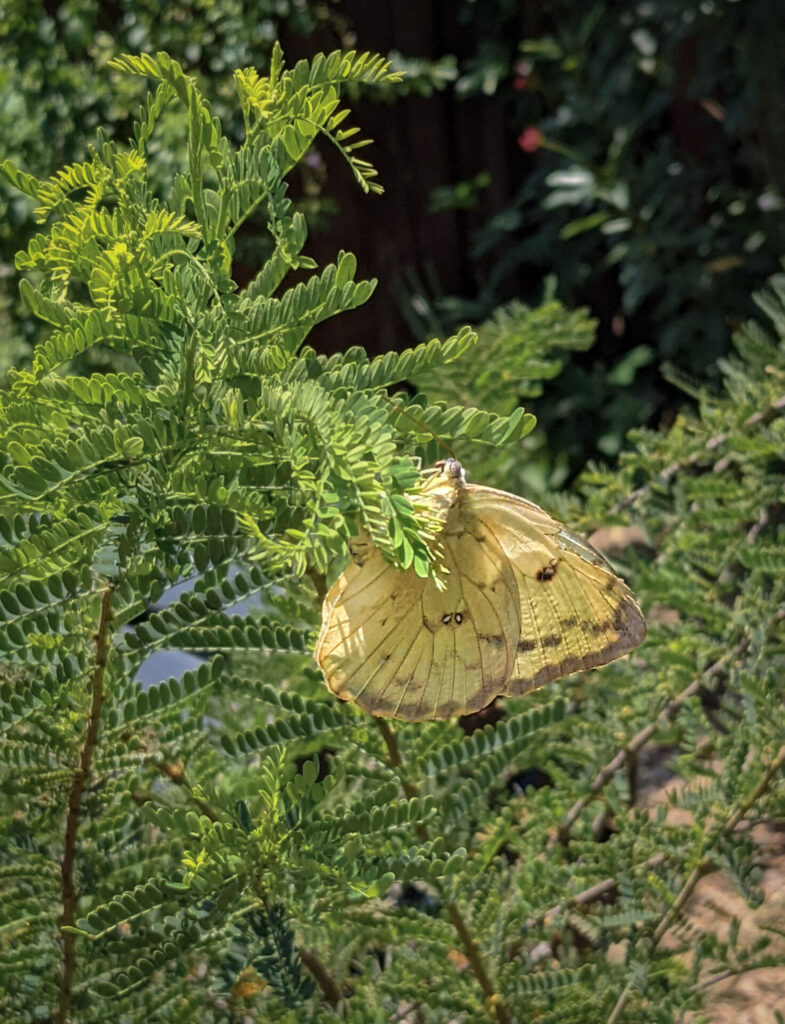
GO PESTICIDE-FREE. Pesticides, fungicides, and other chemicals, even when applied “responsibly” (whatever that means) will kill beneficial insects in your garden. Period. The end. A healthy garden with a balanced ecosystem should need very little intervention on your part, and yes it is possible to have a beautiful garden without spraying roundup on every weed, or pesticide on every wasp and cutworm. The trick is actually quite simple… hear me out here… just, stop doing it! Yes. It IS that easy!
Because here’s the thing: when you start spraying *one* pest or weed, before you know it, everything can really get of whack and require even more on your part.
Here is an example: When you allow a few aphids to remain on your milkweed, guess what happens? (Hint: they won’t totally destroy your plant). In fact, aphids are a great food source for wasps, which are infamously known for eating caterpillar larvae. Guess what happens when you leave a few aphids on your plants? You guessed it.. you are diverting those inevitable wasps from your juicy caterpillars. I quickly noticed that after I stopped spraying and squashing every single aphid on my hibiscus and milkweeds, suddenly ladybugs and lacewings started taking over the job for me. Why work harder when you can work smarter, am I right?
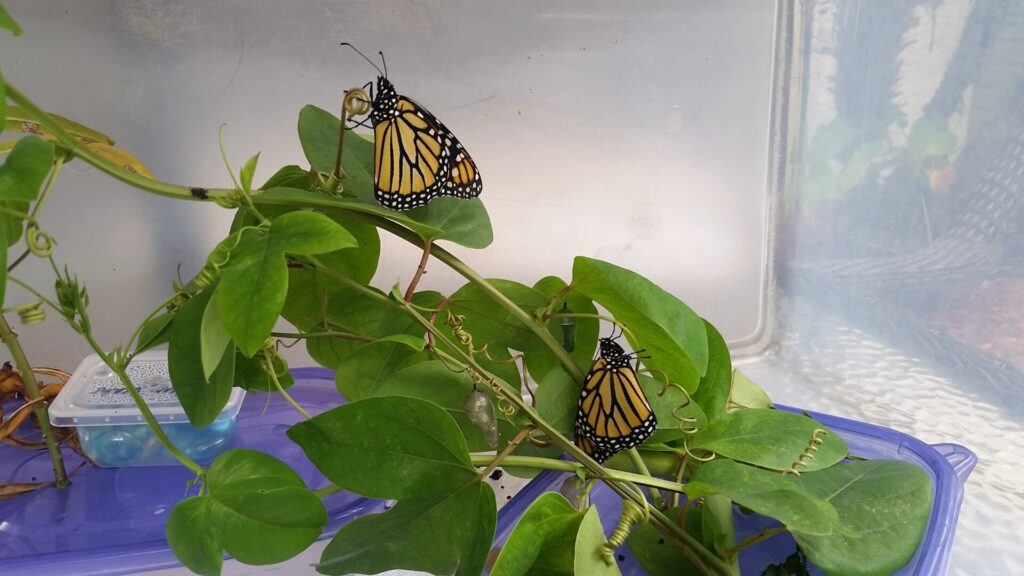
LET HER DO HER THING: Allow mother nature to take its natural course.. yes, you will sometimes lose caterpillars to predators. I know this is hard to witness. But that is how mother nature prevents one species from decimating another. Butterflies have evolved to lay numerous eggs on numerous plants because the fact is that many larvae will be a food source to anoles, wasps, and other predators. They need food, too. Keep in mind a very important point: if EVERY caterpillar egg survived to the adult stage, you would NEVER be able to provide enough host plant mass for them anyway, and they would starve to death. ONE MONARCH CATERPILLAR needs roughly ONE ENTIRE milkweed plant to reach adult stage. So if there is a species of butterfly you have been struggling to attract, by all means, bring them into an enclosure and rear them in a protected space! (More on this in another post!) But don’t pollute your garden with harmful chemicals or sprays just to attempt to eradicate another species that is not invasive or a threat to your health.
Yes, there may be some situations where you will need to swipe a pest off, especially when you are noticing significant damage to a plant. That’s fine, but this should be the exception to the rule.. otherwise, in the famous words of Mccartney and Lennon, just “let it be”) Once you let go of the “Gotta save ’em all” mentality, you will enjoy your garden even more. It’s amazing how I actually have time to sit in my garden and read a book, now that I’m not constantly chasing the wasps around with a hose, or stalking the aphids with my dawn-and-dish-soap bucket. And honestly, there are still butterflies EVERYWHERE. I laugh at myself when I think back on all the effort I made to *control* my garden, when I was actually doing more harm than good.
Just look at how cute these little guys are, and don’t forget that every critter plays a hugely important role in your garden’s ecosystem.
